The Story of Tea
Have you ever wondered about the journey tea takes to get to your cup?
Let us tell you. The story and history of tea is long and complex.
Spreading across multiple cultures over the span of thousands of years.
According to most of historical documents, tea was first discoveries in
Yunnan Province, China around 2737 BC by Shennong, the legendary
Emperor of China and inventor of agriculture and Chinese medicine.
These are the steps that your tea goes through before becoming the tea we all know:
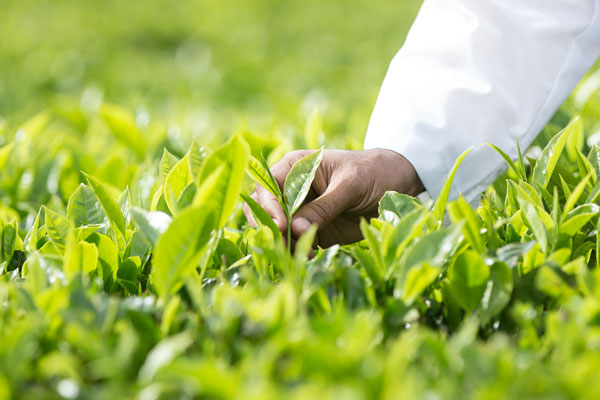
The first step in tea production is Tea HARVESTING:
Tea is picked manually. The art of harvesting has been developing and improving for centuries. Such a precise work requires not only knack and skillfulness, but also particular attention since not all the leaves are to be taken from the bush: only some of the most delicate, young and ripe ones with part of stem and bud (or tips), an unblown leaf at the end of a shoot. These leaves together with stem and tips are called flush. It is a basis of tea production. Flush with just a couple of leaves is called sorted or “golden”. Usually flush has three, four and sometimes five leaves.
As soon as they are received at the factory, the leaves are weighed and spread on troughs. Withering, is a process where conditioned air circulates between the leaves, initially to remove any surface moisture and thereafter to concentrate and chemically breakdown the tea juices. It takes 10 hours to 14 hours for the physical and chemical changes to take place, and bring the leaf to a soft and rubbery condition suitable for the next stage of manufacturing which is Rolling and CTC Cutting.
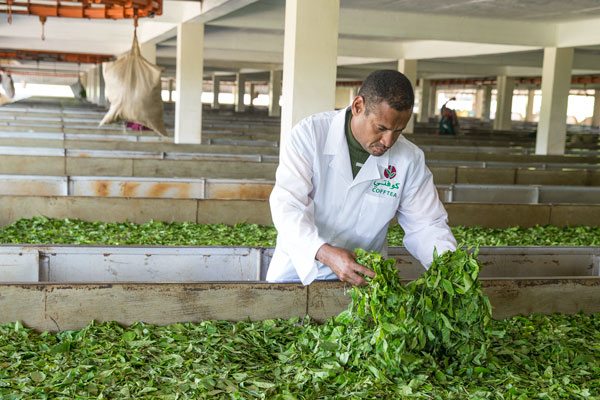
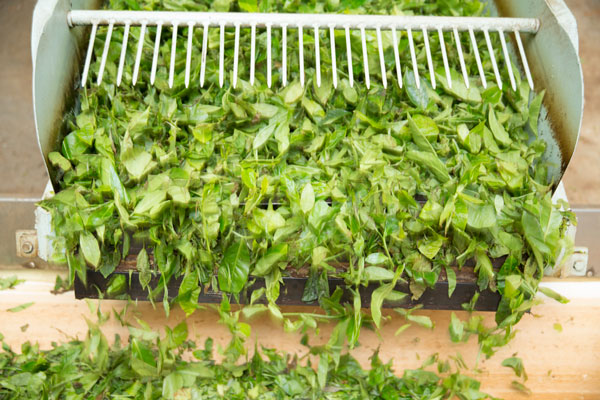
Rolling and CTC Cutting is the process by which the leaf is twisted and the leaf’s cell walls are ruptured to bring the juices to the surface. Thereafter, to separate the twisted leaves from the untwisted, and to also reduce the heat buildup, the rolled leaves are passed over a roll breaker.
This machine has meshes which separate rolled leaves. The unrolled ones are put back into the rollers for further rolling whilst the rolled leaves are fermented.
The fermentation of the tea juices is an essential process in the manufacturing of black tea. Fermentation brings out the flavor, strength and the colour of the liquors and infusions. As fermentation progresses there is a colour change of the leaf from greenish to a coppery brown.


Drying comes next. The primary objective of drying is the extraction of moisture and the arresting of fermentation. The leaves are passed through driers, which have circuits of trays with perforation.
The drying process takes about 20 to 25 minutes and the initial temperature is about 50 Degrees Celsius and is finished off at a temperature of 93-105 Degrees Celsius. The moisture content of the teas when the drying is completed is approximately 2% to 3% and the coppery brown fermented tea particles are now back.
The fired teas after cooling are graded and sifted according to size and shape, as the trade demands. On completion of the grading, teas are stored in airtight bins or boxes. The sifting is carried out on a series of grading and cleaning machines, which have several trays of different mesh sizes, to separate the tea particles to the various grades of tea and to remove the stalk and fibre.

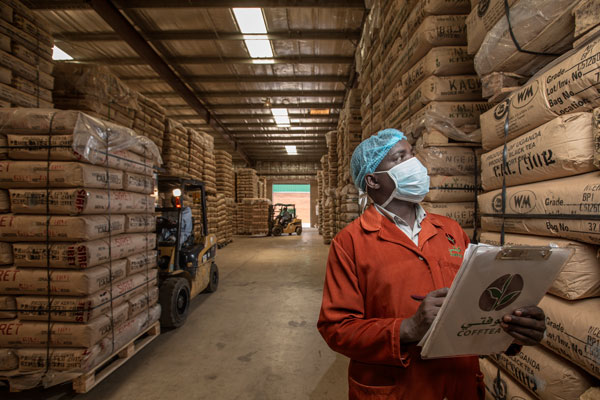
When sufficient quantities of tea are collected, they are either packed in plywood tea chests of multi-walled aluminum craft paper lined pager sacks and dispatched to the auctions, or packed into tea packs of various forms for direct export/distribution.
The tea which comes to the auction is tasted and valued by the Tea brokers to provide the sufficient information about the tea to be sold in the auction.
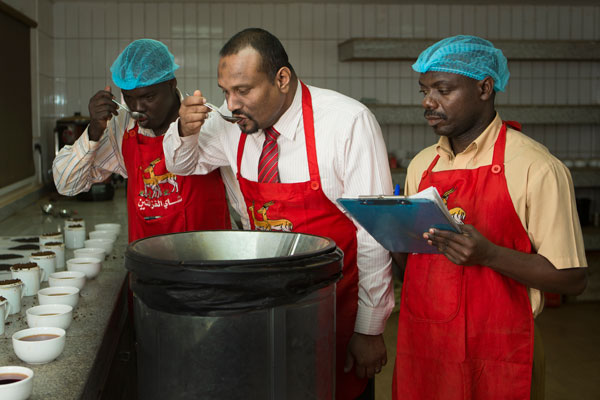
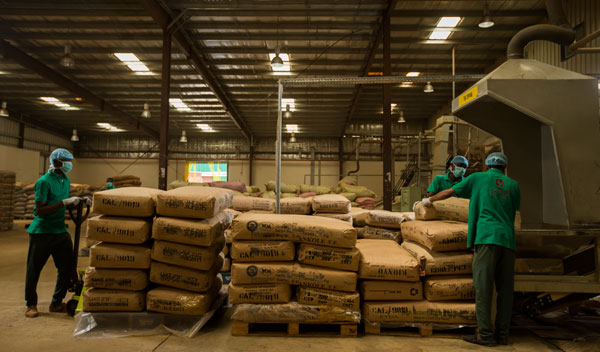
Blending comes next. It is described as the process of blending different teas together to produce a final product. The consistent quality can only be achieved through proper visionary tasters, blending is an art in which quality, seasonality, availability and market strategy need to be considered by the blend creator and checked by quality supervisors prior to packaging and distribution. The aim of blending is to create a well-balanced flavor using different origins and characters.
Afterwards, the blended tea is packed in various types of packaging according to the customers’ need and based on different standards and markets.

